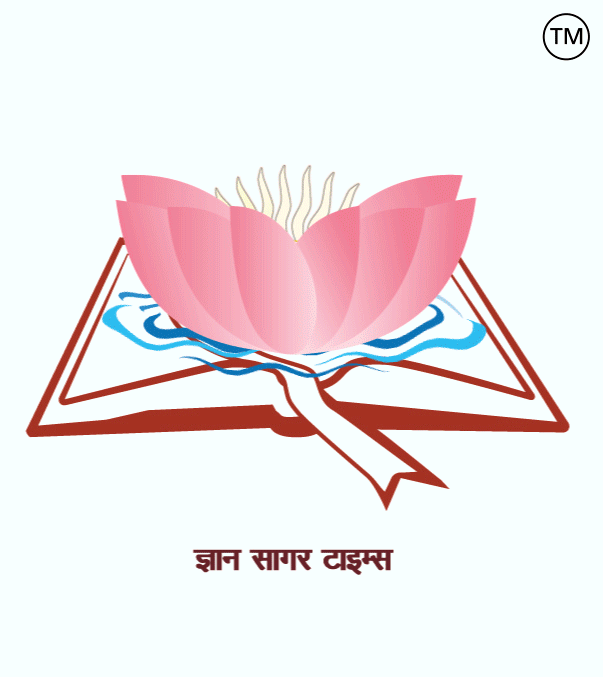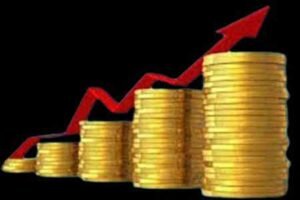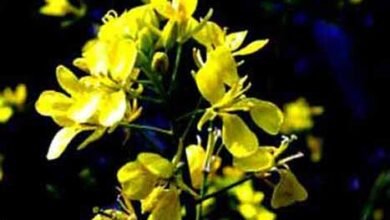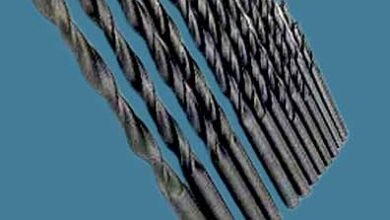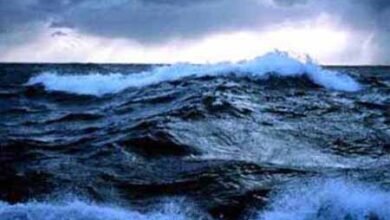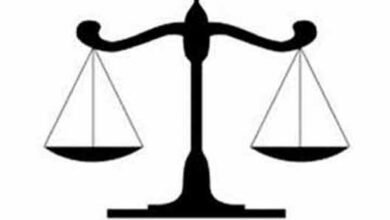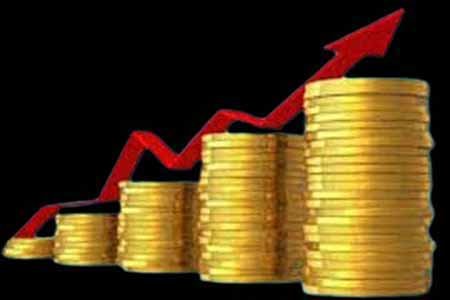
Related to economics – 198.
|
1. When was the Foreign Exchange Management Act implemented? = 1 June 2000. 2. Where is the headquarter of Insurance Regulatory and Development Authority? = Hyderabad, Telangana. 3. Who estimates the national income figures in India? = National Statistical Office (NSO). 4. Which state of India first adopted zero based budget technique? = Andhra Pradesh. 5. Who proposed the concept of Human Development Index? = Mehboob ul Haq (Pakistani economist). 6. Who said that ‘money itself creates money’? = Croomer. 7. Who was the originator of the theory of consumer savings? = Dr. Angel. 8. Who developed the method of calculating social accounting of national income? = Richard Stone. 9. What is the relationship between money equivalent and price level in the economy? = Inverse. 10. What is the full form of NABARD Bank? = National Bank for Agriculture and Rural Development. 11. Which bank provides long term credit? = Land Development Bank. 12. When was the cooperative credit organization launched? = Year 1904. 13. Which is the export-import bank of India? = Exim Bank. 14. Which system is adopted for issuing notes in India? = Minimum Reserve System. 15. When the Indian currency was made fully convertible? = In August 1994. 16. What is direct exchange? = Barter + Monetary exchange. 17. What is the reward given to the landowner in exchange for the use of land called? = Land rent. 18. Barter is an economic process called? = It is called barter system. 19. The exchange done through currency is called? = Buying and selling. 20. Interest is paid in exchange for which instrument? = It is the return received on investment or lending of money or the price received in exchange for borrowed money. 21. What is the source of income of Municipal Corporation? = Property tax, water tax, professional tax, and grants received from state and central government. 22. What is the meaning of economic planning? = To use the country’s resources in various developmental activities according to national priorities. 23. What is the legal currency of India? = Indian Rupee (INR). 24. What does the Eco mark symbol on a product indicate? = A product is environmentally friendly and has met certain environmental criteria. 25. Economic planning is a subject of? = It is a subject of the Concurrent List. 26. Which country has the most cooperative institutions in the world? = India. 27. By what other name is credit money known? = Plastic Money (Credit Money). 28. Golden handshake scream is related to? = Voluntary retirement. 29. What is National Accounts Statistics called? = System of National Accounts, abbreviated as SNA. 30. What is the position of Indian economy in the world on the basis of Purchasing Power Parity (PPP)? = It is the third largest economy. ============ ================= ========== अर्थशास्त्र से संबंधित-198.
1. विदेशी विनिमय प्रबंध अधिनियम कब लागू हुआ था? = 1 जून 2000. 2. बीमा नियामक एवं विकास प्राधिकरण का मुख्यालय कहाँ है? = हैदराबाद , तेलंगाना. 3. भारत में राष्ट्रीय आय समकों का आकलन किसके द्वारा किया जाता है? = राष्ट्रीय सांख्यिकी कार्यालय (NSO). 4. सर्वप्रथम भारत के किस राज्य ने शून्य आधारित बजट तकनीक को अपनाया?= आंध्र प्रदेश. 5. मानव विकास सूचकांक की अवधारण का प्रतिपादन किसने किया था? = महबूब उल हक (पाकिस्तानी अर्थशास्त्री). 6. ‘मुद्रा स्वयं मुद्रा का निर्माण करती है’ यह कथन किसका है? = क्रोउमर का है. 7. उपभोक्ता की बचत का सिद्धांत के जन्मदाता कौन थे? = डॉ. ऐंजल. 8. राष्ट्रीय आय की सामाजिक लेखांकन गणना करने की विधि का विकास किसने किया था? = रिचर्ड स्टोन. 9. अर्थव्यवस्था में मुद्रा के तुल्य और कीमत स्तर के बीच क्या संबंध होता है? = प्रतिलोम. 10. नाबार्ड बैंक का पूरा नाम क्या है? = राष्ट्रीय कृषि एवं ग्रामीण विकास बैंक. 11. कौन-सा बैंक दीर्घकालीन साख उपलब्ध कराता है? = भूमि विकास बैंक. 12. सहकारी साख संगठन का शुभारंभ कब हुआ था? = वर्ष1904 ई. 13. भारत का आयात-निर्यात बैंक कौन-सा है? = एक्ज़िम बैंक. 14. भारत में नोट जारी करने के लिए कौन-सी प्रणाली अपनाई जाती है? = न्यूनतम आरक्षित प्रणाली. 15. भारतीय मुद्रा को पूर्ण परिवर्तनीय कब बनाया गया? = अगस्त 1994 में. 16. प्रत्यक्ष विनिमय क्या है? = वस्तु विनिमय + मुद्रा विनिमय. 17. भूमि के उपयोग के बदले भू-स्वामी को दिया जाने वाले पुरस्कार को क्या कहते है? = भू -लगान. 18. वस्तु विनिमय एक आर्थिक प्रक्रिया है जिसे कहा जाता है? = वस्तु विनिमय प्रणाली कहा जाता है. 19. मुद्रा के माध्यम से किया जाने वाले विनिमय को कहते हैं? = क्रय-विक्रय. 20. ब्याज किस साधन के बदले दिया जाता है? = निवेश या उधार दिए गए धन पर मिलने वाला प्रतिफल या उधार लिए गए धन के बदले में मिलने वाली कीमत है. 21. नगर निगम की आय का स्त्रोत क्या है? = संपत्ति कर, जल कर, व्यावसायिक कर, और राज्य एवं केंद्र सरकार से मिलने वाले अनुदान हैं. 22. आर्थिक नियोजन का अर्थ क्या है? = राष्ट्र प्राथमिकताओं के अनुसार देश के संसाधनों का विभिन्न विकासात्मक क्रियाओं में प्रयोग करना है. 23. भारत की विधिग्रह मुद्रा क्या है? = भारतीय रुपया (INR). 24. किसी वस्तु पर इकोमार्क चिन्ह क्या दर्शाता है? = कोई उत्पाद पर्यावरण के अनुकूल है और उसने कुछ पर्यावरणीय मानदंडों को पूरा किया है. 25. आर्थिक नियोजन किसका विषय है? = समवर्ती सूची का विषय है. 26. विश्व में सबसे अधिक सहकारी संस्थाएँ किस देश में है? = भारत में हैं. 27. साख मुद्रा को अन्य किस नाम से जाना जाता है? = प्लास्टिक मनी ( साख मुद्रा ). 28. गोल्डन हैंडशेक स्क्रीम किससे संबंधित है? = स्वेच्छा से सेवानिवृत्ति. 29. राष्ट्रीय लेखा सांख्यिकी को क्या कहा जाता है? = राष्ट्रीय लेखा प्रणाली , जिसे संक्षेप में SNA कहा जाता है. 30. क्रयशक्ति समता (Purchasing Power Parity-PPP) के आधार पर विश्व में भारतीय अर्थव्यवस्था का कौन-सा स्थान है? = तीसरी सबसे बड़ी अर्थव्यवस्था है.
|

